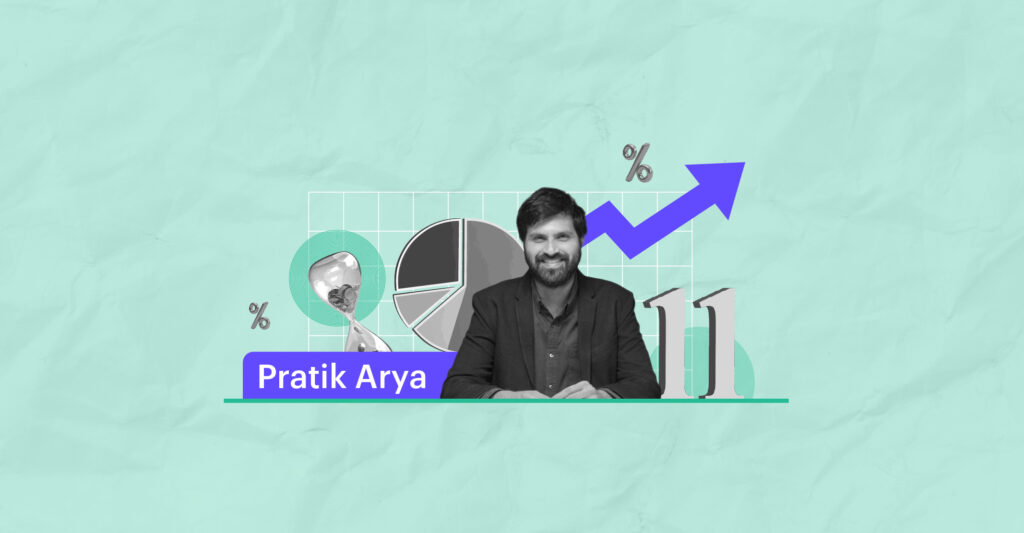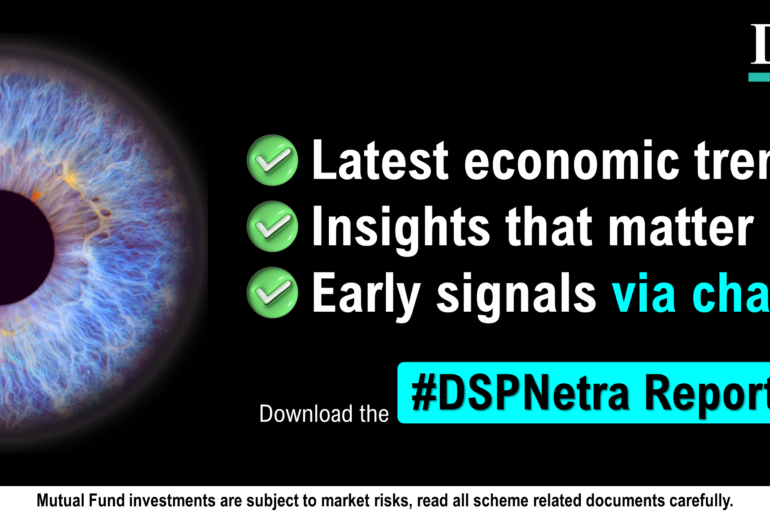Last Updated on Nov 1, 2022 by Aradhana Gotur
We all have heard “glass half full, half empty” mindset stories. Recently, something similar happened with the Steel Authority of India’s (SAIL) valuations. Before that, let’s understand how the business cycle affects valuations.
There are two ways to see the value of a company. The market cap of the company indicates the value of common shares, whereas enterprise value indicates the value of the entire company.
Market cap = number of outstanding shares * current market price
Enterprise value (EV) = market value of equity + market value or book value of debt – cash & investments + minority interest.
Market cap vs enterprise value
Asset-heavy companies are those where generally turnover is close to 1. Also, their general feature is single-digit Return On Equity (ROE) and high debt-to-equity ratios. Such companies are generally affected by industry cycles (demand and supply); hence their operating margins are quite volatile.
Technically what happens is when the demand is growing, in order to fulfil them, the companies keep on increasing their plant size, and as a business is not cash-rich, they borrow a lot to expand plants.
Now when demand reduces (industry slowdown), fixed cost like depreciation & interest reduces profits to a great extent. This leads to a fall in market cap that makes the company look extraordinarily cheap. But when we see enterprise value, the reduction in EV is not as drastic as the market cap due to the debt pile-up on the balance sheet.
For example, if you look at the bad period of SAIL from 2011-2016 you will notice the same phenomena happening. Asset expanded by approximately 3x, sales reduced, margins went into negative, and debt-to-equity increased.
Due to this, the market cap was reduced by ~75% from Rs. 69,804 cr. to Rs. 17,761 cr., whereas enterprise value declined by ~31% from Rs. 72,469 cr. to Rs. 50,276 cr.
When the cycle turns for good, companies end up repaying a lot of debt due to the burden of debt and interest payments felt in the bad cycle (called de-leveraging). Again, the impact of this is as the balance sheet becomes stronger and profitability improves, the rise in market cap is much faster, while EV is much slower. As enterprise value reduces due to heavy repayment of debt.
In fact, the enterprise value might also fall, making the company cheaper, whereas, on a market cap basis, you would see no correction. A similar thing happened in SAIL at the close of FY 2021 and the close of FY 2022.
At the end of FY 2021, if two people would see the valuations ratios of SAIL, they would come up with different conclusions. The person looking at enterprise value and EV/EBITDA would say the company has got cheaper as EV/EBITDA reduced & enterprise value hardly changed. In contrast, the person looking at the P/E ratio and market cap would see the market cap getting almost 4x and the P/E ratio getting doubled.
Even more interesting phenomena happened at the end of FY 2022. When the market cap increased more than 2021, the enterprise value was further reduced due to heavy debt repayment.
The market cap would hide a reduction in the value of the business as; technically, you could buy the whole company for Rs. 49,614 cr., at the end of FY 2022, whereas at the end of FY 2021, it was Rs. 66,070 cr.
Hence keep your eye on enterprise value and market cap in case of asset-heavy companies to gauge the valuations of the business with a better perspective.
- Science and Investing – Are There Any Similarities? - Nov 17, 2022
- Does Business Cycle Affect Valuations? - Nov 1, 2022
- Why Growth Stocks Are Falling Maximum in a Rising Rate Environment? - Oct 13, 2022



